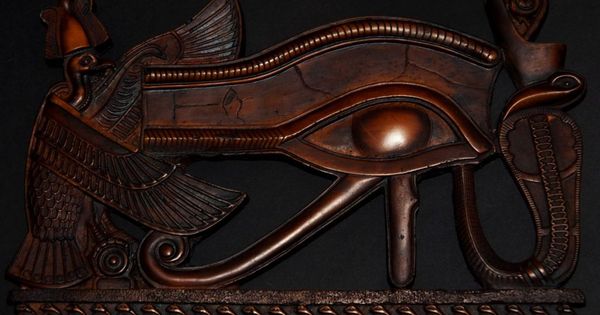
Barn stars, those charming ornaments often seen above the doors of a barn, hold a deeper meaning than meets the eye. German-American farmers consider them to be highly significant, using them to ward off evil and bring prosperity to their crops. The history of barn stars is fascinating, and each one holds a unique meaning and may vary in color. Let’s explore the symbolism behind these decorative stars.
Symbols of Protection and Prosperity
The color of a barn star carries its own significance. A green barn star represents the fertility of crops and strong growth, while blue or black stars signal protection over the farmer, their household, and their crops. On the other hand, a brown barn star symbolizes friendship. These meanings reflect the deep-rooted beliefs and values of the German-American farming community.

A Tradition Passed Down Through Generations
Barn stars have a rich history that dates back to the 1830s when they first appeared on barns. The Pennsylvania Dutch, also known as the Amish community, brought over the tradition from their European German roots. The Amish are known for leading simple lives and preserving their traditions and customs over time. Barn stars are just one example of the cultural heritage that they have passed down from generation to generation.
Not Just Barn Stars: The Hex Signs
Although often confused with barn stars, hex signs are a separate tradition within Pennsylvania Dutch culture. These signs were initially created as decorative emblems to bring luck to newlyweds or aid the deceased in finding peace. It was a later misunderstanding by artist Wallace Nutting that associated the hex signs with barn stars. Nonetheless, both barn stars and hex signs serve as reminders of the ingenuity, labor, and customs of the Pennsylvania Dutch.

Symbols of Protection in Various Cultures
Barn stars are not the only symbols used to ward off evil and bring prosperity. Many cultures have their own ancient symbols that serve similar purposes. For example, the Om symbol in Hinduism and Buddhism is often used for protection during meditation and spiritual practices. The Eye of Horus from ancient Egypt is believed to offer protection and healing, while the Hamsa Hand from the Middle East and the Mediterranean wards off evil and brings luck, health, and wealth.
Even animals, like the turtle, are revered as symbols of longevity, wisdom, and fertility in Native American and African tribes. Finally, the Norse symbol known as the Helm of Awe is said to shield warriors during combat. These examples show that symbols of protection and prosperity exist in various cultures, each with its own name and meaning.

A Connection Between Cultures
Despite the geographical distance between different cultures, technological advancements have allowed us to recognize the similarities among their symbols. While they may have different names and origins, these symbols all represent the shared desire for protection, wealth, and good health for our families and communities. They serve as a beautiful reminder of the hopes and aspirations of our ancestors.
The intricate history and symbolism of barn stars are truly fascinating. To learn more about barn stars and their significance, check out this video:










